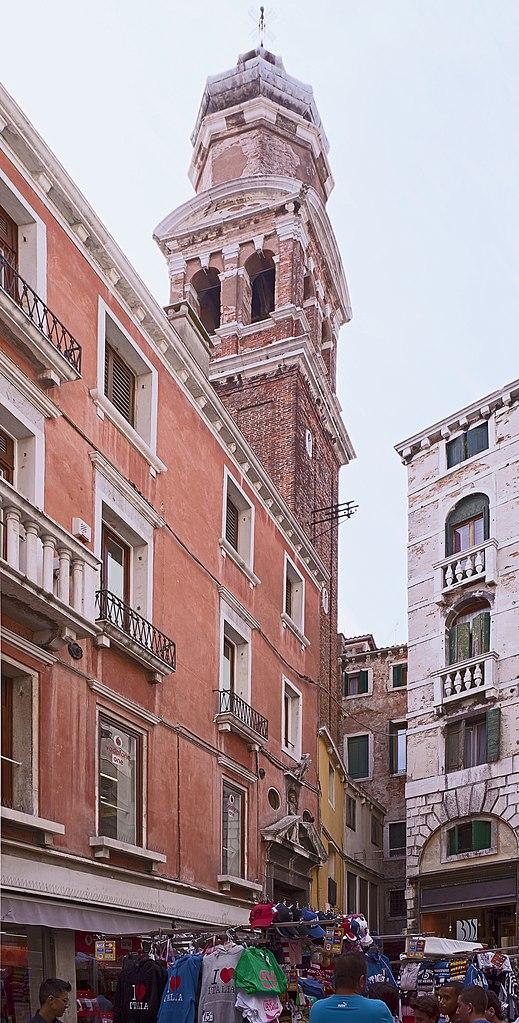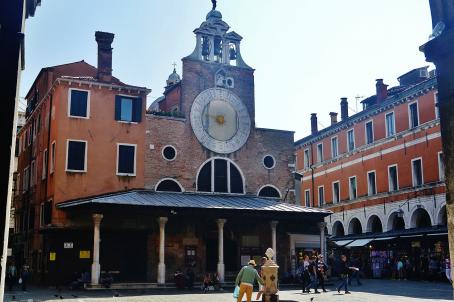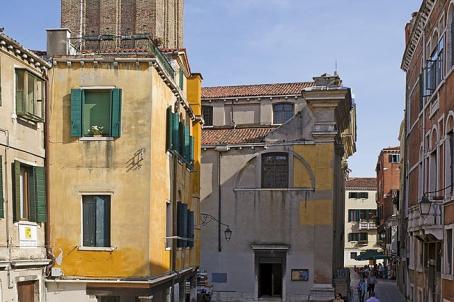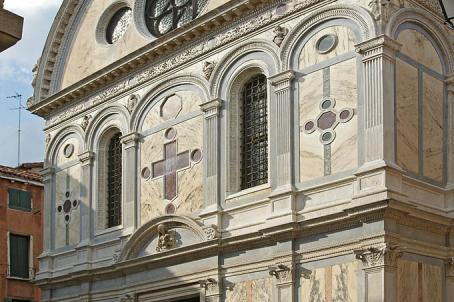Chiesa di San Bartolomeo

According to tradition, the church of San Bartolomeo was founded in 840. This discreet church is nestled between the palaces that surround it on all four sides. It is a single nave church with a dome at its intersection with the transept. The church also houses two sculptures by Enrico Merengo (1638/1639-1723).





